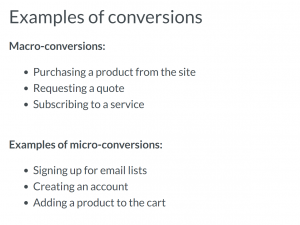PPC advertising has been advancing for the entire lifetime of digital marketing, with call options in ads being a prime example of such advancements. Google Ads currently have two calling options in ads: Call Only and Call Extensions. Both options are still relatively early in their development, evidenced by the fact that neither of them are optimized for Google’s Display Network, Google’s default campaign network. This doesn’t mean that your law firm should neglect your ads call settings, as they provide a valuable conversion method for potential clients.
Call-Only Campaigns
What Are They
Call only campaigns are ads that only give the option to call the business. They are barebones, with only the website URL, metadata description, and a short message to provide context. These ads are straight to the point with a clear call to action. When the consumer clicks on the link, their phone calls the business. Call only campaigns are optimized for mobile phone convenience. They are good for businesses that provide services that could provide immediate assistance.
Pros
The benefits of call-only campaigns mainly relate to their convenience. They are direct to the point, every click counts as a conversion, and the firm can program them to only appear during your office’s business hours. Call-only campaigns let mobile customers utilize your service immediately after their search. If your firm provides service that can be utilized in a crisis (personal injury is a good example of this) then call-only campaigns are probably a good option.
Cons
As previously mentioned, call-only campaigns are not compatible with Google’s Display Network. Luckily, a good digital advertiser should be able to coordinate an ad campaign without using the Display Network.
The other main con of call-only ads is that it is quite easy for consumers to accidentally call the business. Google has been working to redesign their ads to reduce the number of these occurrences, but it can still affect your conversion rate.
Call Extensions
What Are They
The firm can add call extensions to existing ads, providing a phone number for the business. These can be buttons that direct the device the consumer is using to call the business. The ads are able to provide more information than call-only ad campaigns, which is better for firms with complicated practices.
Pros
Call extensions can distinguish between devices. This means that they will prioritize mobile devices if asked but are also compatible with desktop formats. Google’s Display Network also features compatibility with call extensions. The Display Network makes them more accessible for those who might be less familiar with digital advertising. Unfortunately, their availability does include some limitations.
Call extensions provide convenience in areas such as business hours and statistics. The ad manager can program the extension to show the business hours of the firm. They can link the extensions with call reporting software, making conversion statistics are available.
Cons
The types of phone numbers call extensions are compatible with is limited, as they do not work with fax numbers or vanity numbers. As previously mentioned, they have limited compatibility with Google’s Display Network: extensions on display network ads only work with high-end mobile phones, don’t work with call reporting software, or ad campaigns with alternative objectives.
If you need help setting up your law firm’s ad campaigns, contact us to arrange a site audit and plan a campaign optimized for your business.

